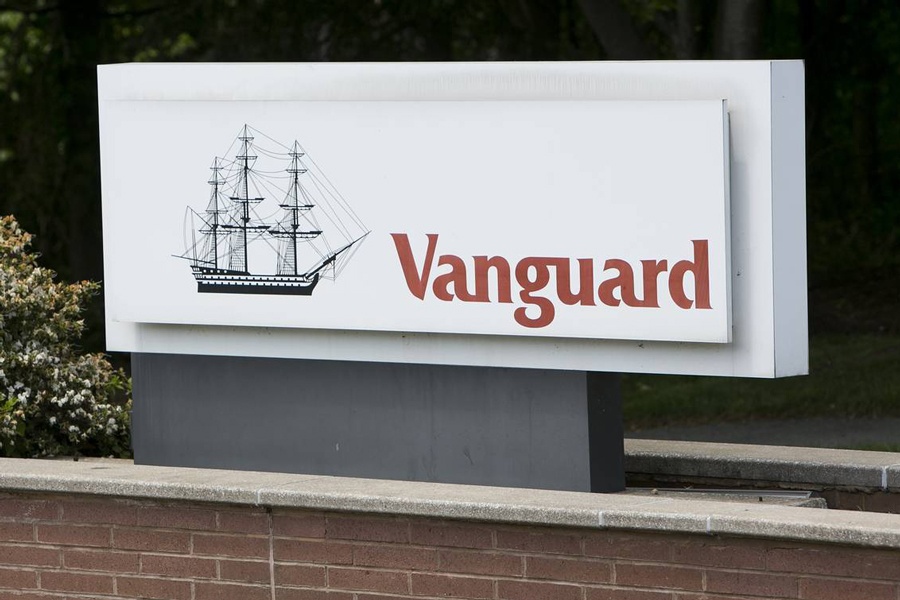

Vanguard is letting the public take a peek at how five million of its retail household clients invest, and the results probably won’t surprise anyone.
Introducing a comprehensive analysis of Vanguard investor behavior it calls “How America Invests,” the fund giant said that its clients tend to “balance risk and reward, avoid common trading pitfalls, gravitate to broadly diversified funds, and maintain a long-term outlook.”
The data, based on investor behavior from 2015 through the first half of 2020, found that a Vanguard client’s average asset-weighted portfolio consists of 65% equities, 22% fixed income and 13% cash.
It also found that the average client was a buy-and-hold investor, with fewer than a quarter of investors trading in any year.
“Those who do trade typically trade only twice a year and move about one-fifth of their assets,” the firm said in a release. “Most traders are either professionally advised or exhibit behavior that is consistent with rebalancing.”
Most Vanguard investors also sat out the volatile first half of 2020. Only 22% of households traded, and of those who did trade, 62% moved assets into equities. During this time of market volatility, less than 1% of households abandoned equities completely.
Additionally, the company found that a majority of Vanguard’s ETF investors allocated less than a quarter of their total assets to ETF investments. It also found that millennials allocate 90% of their portfolio to equities, while boomers allocate 66% to equities and silent generation members 62%.

Last week's layoffs totaled at least 130 Cetera employees, according to a senior industry executive.

Four of the Magnificent Seven will report this week.

Easing anxiety has seen the haven asset slide from record high.

Uncertainty remains challenging for Treasuries traders.

Move will raise concerns of inflationary impact of tariffs.
RIAs face rising regulatory pressure in 2025. Forward-looking firms are responding with embedded technology, not more paperwork.
As inheritances are set to reshape client portfolios and next-gen heirs demand digital-first experiences, firms are retooling their wealth tech stacks and succession models in real time.
